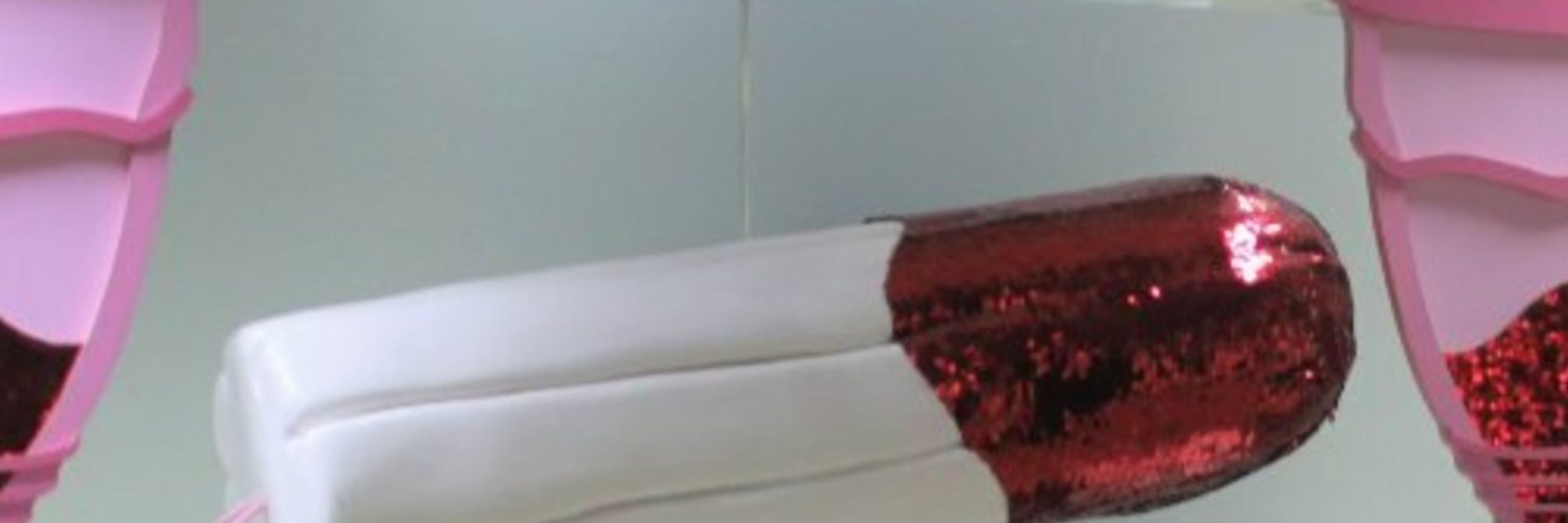Vagina Museum
@vaginamuseum.bsky.social
23K followers
22 following
1.2K posts
World's first bricks and mortar museum dedicated to vaginas, vulvas and the gynae anatomy.
Website: https://www.vaginamuseum.co.uk/
Other social links: https://beacons.ai/v_museum
Posts
Media
Videos
Starter Packs


